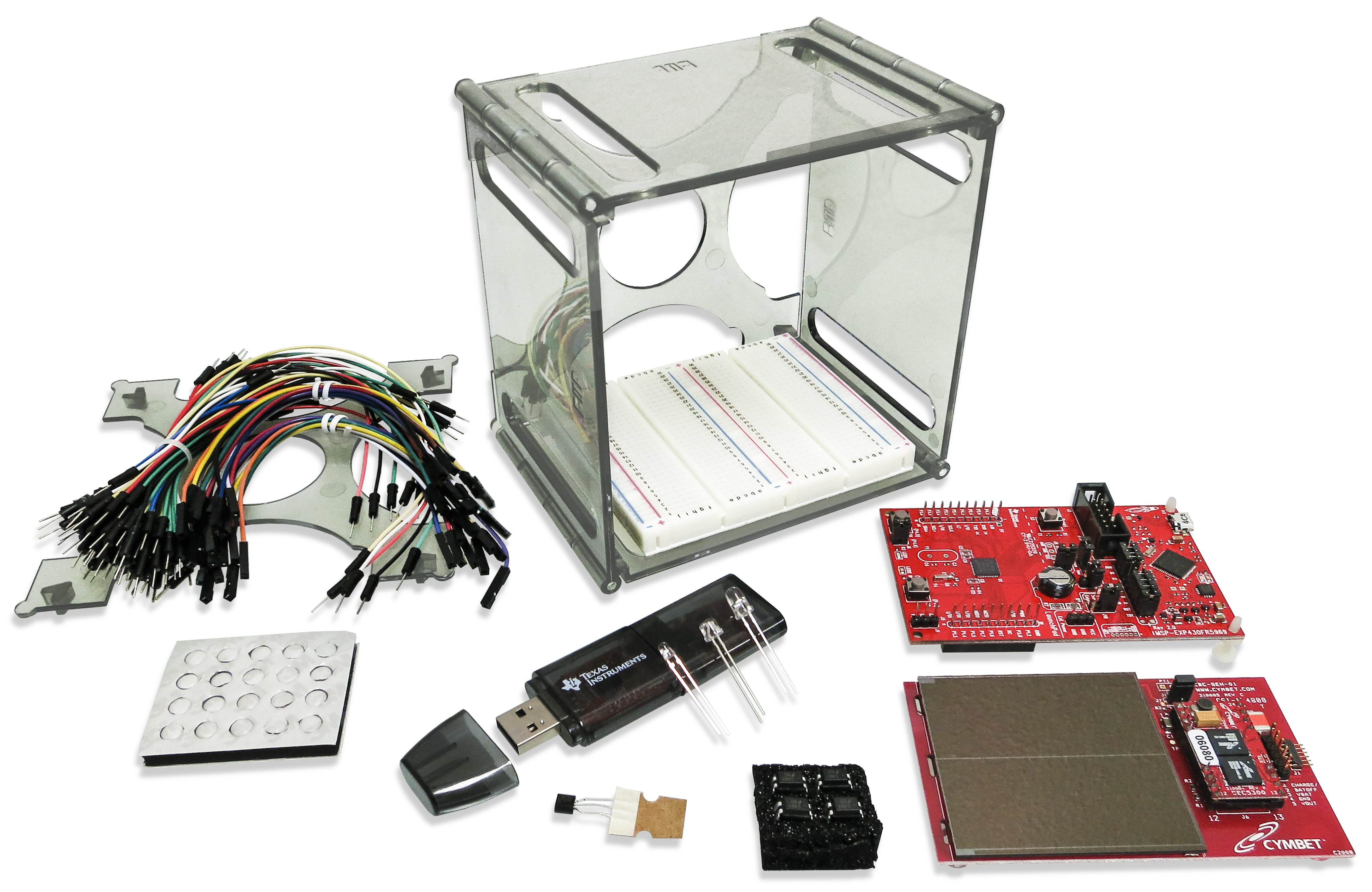There are many microcontroller platforms in the world, and some may be better suited for certain applications than the venerable Arduino. Once you have a basic grasp of circuit design and programming an MCU, you might want to explore others. We present a project using the very popular, extremely-low-power Texas Instruments (TI) MSP430 microcontroller in an application you might be tempted to make yourself. Here, an Energy-Harvesting (EH) platform powers a remote notification system.
Although this setup can be used for any similar remote notification, ours detects when mail is delivered and tells a computer indoors. The computer then drives a servo motor that moves a physical indicator upon status change. There are two modules: the first is an outdoor solar panel to power the MSP430, an RF transceiver, and a simple ambient light detection circuit. The second module (indoors) is connected to a USB debugger dongle, a computer running a sketch (program), and the MSP430 LaunchPad development board driving a servo motor.

Outdoors, the eZ430-RF2500-SEH solar kit provides features that we would have to otherwise design from scratch, and includes a solar panel, thin-film rechargeable batteries, protection circuitry, a TI MSP430F2274 MCU, and a CC2500 2.4-GHz wireless transceiver. Once the sun starts to set on the solar panel outside, the board automatically begins to power the local MSP430 from the batteries. We can detect when the mailbox is opened with an ambient light sensor placed inside the mailbox, and a potentiometer allows us to manually adjust the sensitivity of the ambient light sensor without rewriting firmware.
The solar EH development board allows the solar panels to power the MSP430 directly if it’s bright enough outside. The batteries have extremely low self-discharge rates. Once the ambient light drops below an adequate level, the board automatically begins to power the MSP430 from the batteries, providing enough energy for approximately 400 RF communication bursts before the batteries are depleted. By tweaking the time interval between communication bursts, you can get a lot out of this board without having adequate sunlight. MSP430 programming is fairly straightforward. Re-purposing a portion of code that reads the battery voltage, we can read the voltage on an AI pin instead. After hooking up the ambient light sensor and connecting the MSP430 target board into the EH board, we can work on the rest. Inside, a Windows computer is needed to program the LaunchPad via the Energia IDE. The LaunchPad waits until a keyword is received, upon which it then turns the servo 90°, raising a flag. A servo library on Energia.nu makes driving the servo much simpler than writing everything from scratch.
There are many MCU platforms at Mouser Electronics, and the TI LaunchPad is a great start to graduating from Arduino. Learning different platforms is an incredibly valuable experience. Exposure to a variety of platforms makes you more adaptable to thinking through solutions. Instructions, a bill of materials, source code, and more are provided for this project at http://www.mouser.com/applications/solar-energy-harvesting/
Advertisement
Learn more about Mouser Electronics





